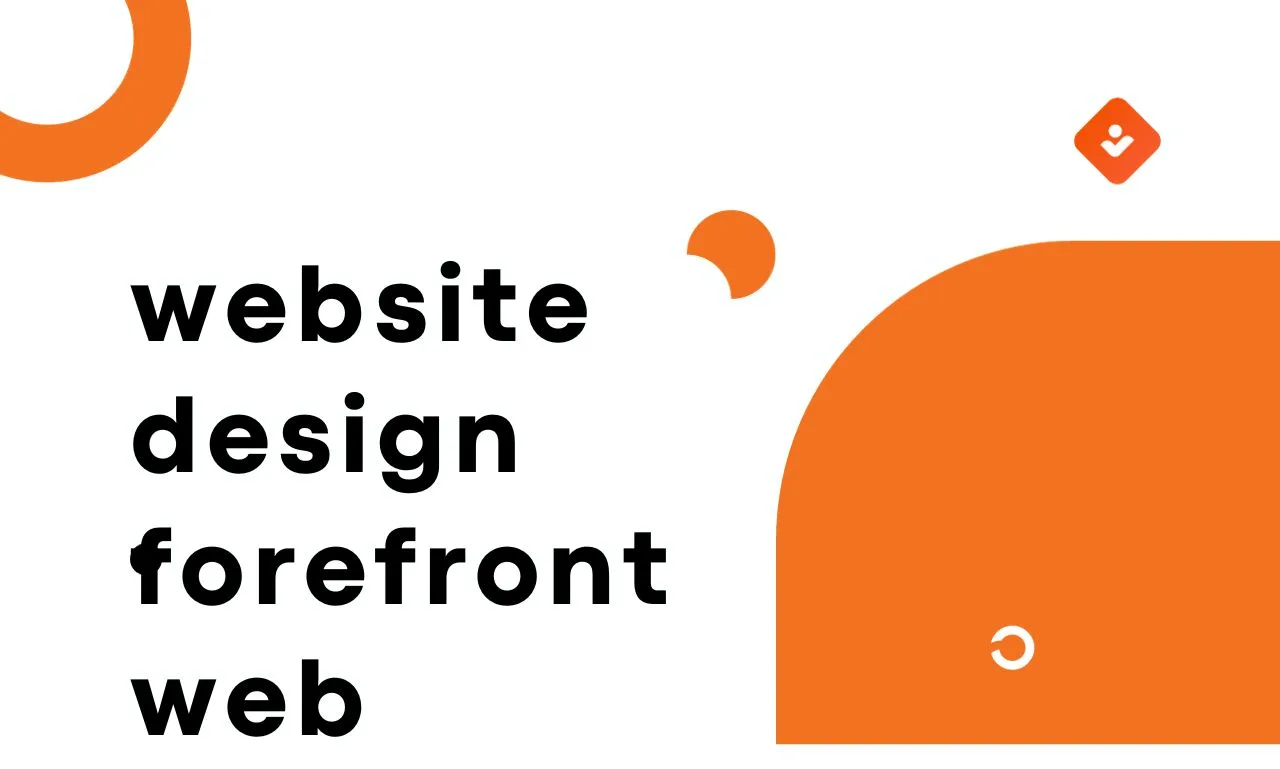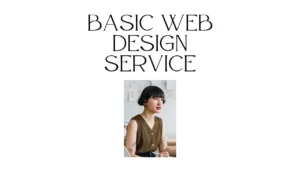website design forefront web
Exploring Website Design at the Forefront of the Web
In the fast-paced world of the internet, staying at the forefront of web design is not just a matter of aesthetics; it’s essential for success. A well-designed website can captivate visitors, improve user experience, and boost search engine rankings. In this article, we’ll delve into the intricacies of website design at the forefront of the web, focusing on the significance of this concept and how it can impact your online presence.
Understanding the Importance of Website Design
Before we dive into the latest trends and strategies in web design, let’s first understand why it’s crucial. Your website serves as the virtual front door to your business or personal brand. It’s the first point of contact for potential customers or readers. In today’s digital age, first impressions are made online, and they happen fast.
1. Captivating User Experience
User experience (UX) is at the core of website design. A website that is easy to navigate, loads quickly, and provides valuable content will keep visitors engaged. Conversely, a poorly designed website with confusing layouts and slow loading times can turn visitors away in seconds. The forefront of web design prioritizes a seamless and enjoyable user experience.
2. SEO Friendliness
Website design and search engine optimization (SEO) go hand in hand. Search engines like Google consider various design elements when ranking websites. Mobile responsiveness, page speed, and structured data markup are just a few of the factors that impact your SEO efforts. A website designed with SEO in mind is more likely to rank higher in search results.
3. Brand Identity
Your website is an extension of your brand. The design, colors, typography, and overall aesthetics should align with your brand’s identity. Consistency in design helps reinforce brand recognition and trust. At the forefront of web design, designers prioritize creating unique and memorable brand experiences.
Trends Shaping Website Design Today
Now that we’ve established the importance of web design let’s explore some of the top trends that are shaping the industry in 2023.
1. Mobile-First Design
As the majority of internet traffic now comes from mobile devices, designing for mobile-first has become a necessity. Responsive design ensures that your website looks and functions well on all screen sizes. Google also rewards mobile-friendly websites with better search rankings.
2. Minimalism and White Space
Less is often more in modern web design. Clean, uncluttered layouts with ample white space not only look elegant but also improve readability and user focus. This design philosophy helps visitors absorb information without feeling overwhelmed.
3. Dark Mode
Dark mode, a trend popularized by mobile and desktop operating systems, has made its way into web design. It reduces eye strain, saves battery life on mobile devices, and can give your website a contemporary, sleek appearance.
4. Interactive Content
Static websites are giving way to interactive experiences. Features like quizzes, polls, and immersive storytelling engage visitors and keep them on your site longer. Interactive elements can also boost social sharing and user participation.
5. Accessibility
Designing websites that are accessible to all is not just a trend; it’s a necessity. Accessibility features, such as alt text for images and keyboard navigation, ensure that your website can be used by individuals with disabilities, widening your potential audience.
Implementing Website Design at the Forefront of the Web
Now that we’ve explored the importance of website design and some of the latest trends, it’s time to discuss how you can implement these concepts into your own web design project.
1. Conduct a Website Audit
Start by assessing your current website’s performance and design. Identify areas that need improvement, such as slow-loading pages or non-responsive elements. Use tools like Google PageSpeed Insights and Google’s Mobile-Friendly Test to gather data.
2. Define Your Brand Aesthetics
Ensure that your website’s design aligns with your brand’s identity. Choose a color palette, typography, and visual elements that reflect your brand’s personality. Consistency in design across all digital touchpoints is key.
3. Prioritize Mobile Optimization
With mobile-first indexing by search engines, mobile optimization is no longer optional. Make sure your website is responsive and provides an excellent user experience on smartphones and tablets.
4. Implement SEO Best Practices
Work on improving your website’s SEO. Optimize page titles, meta descriptions, and header tags. Use descriptive alt text for images, and consider creating high-quality, keyword-rich content.
5. Stay Updated with Trends
Web design is an ever-evolving field. Stay informed about the latest trends and technologies by following design blogs, attending webinars, and networking with other designers. Embracing new ideas will help you stay at the forefront of web design.
Conclusion
Website design at the forefront of the web is not just about aesthetics; it’s about creating a seamless user experience, improving SEO, and strengthening your brand identity. By staying informed about the latest trends and implementing best practices, you can ensure that your website remains competitive in the digital landscape. Remember, your website is often the first impression you make on the internet—make it a great one.




